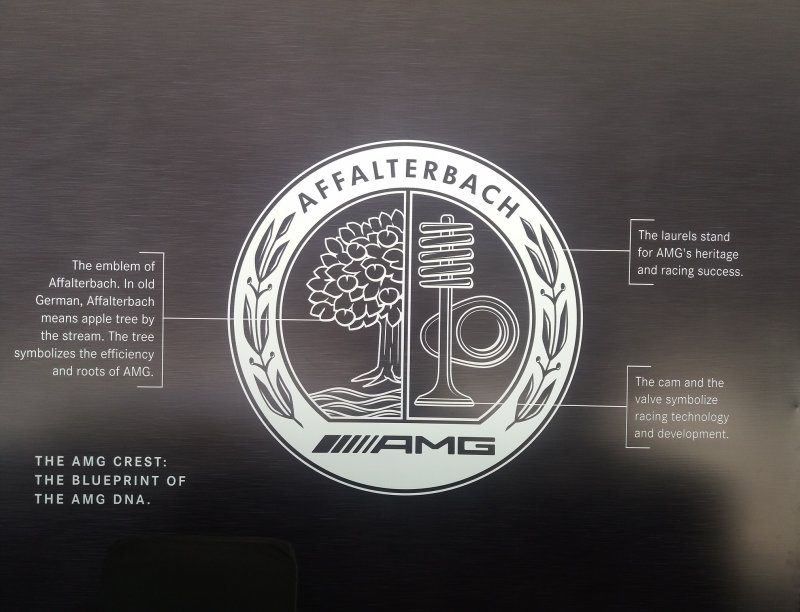Every company that operates in the market and wants to stand out from the competition needs a decent brand identity. In this article, we are going to talk about brand identity – what it is, why you need it and how to create it. We hope this article will help you take a different look at your business. Perhaps, it will even inspire you to update your own brand identity!
Before we can start talking about brand identity, it is extremely important to talk about the brand first. Only when you fully understand a brand’s role can you start working on your brand identity.
Brand: the essence of every company
Companies use brands to distinguish themselves and communicate their mission and brand values. A fantastic example of how a brand can be created to tick all these boxes is Airbnb. Take a look at this video:
What do you think about it? Undoubtedly, it perfectly shows their idea for the company and the vision they set for themselves. They’ve even named their own logo! Why? Because it’s something more. It’s not just an icon used by a lodging marketplace. It’s a symbol of belonging anywhere in the world. And whatever you think about that idea, the fact is Airbnb has done a great branding job. Their logo communicates their values, is universal and timeless – it can even be drawn easily! Yes, in this example, we talk mostly about the logo, which is a part of brand identity, but in that video, Airbnb explains what they want to achieve and their ultimate vision. And that is what their brand stands for.
Understanding the brand and the story behind it means understanding the company. And yes, if you’re successful, your brand will instantly evoke positive connotations. And that’s your goal, isn’t it? After all, the large part of every brand is what people think about it!
Let’s consider a second example. What is the first thing that comes to your mind when you think about Mercedes? German precision? High prices? Reliability? Prestige? If you thought at least one of these things, that means Mercedes also did a great job with their brand. And bear in mind that none of these elements has anything to do with their logo. They are based on the company’s products and the way of making them. So brand goes far beyond the logo or any other symbol.
In the perfect scenario, everything you have – your brand, your brand identity and your products/services are aligned into one positive image that helps your company thrive in the market and develop year after year.
To help you fully understand the difference between brand and brand identity, we could shortly say that brand is what you want your company to be. Brand identity is what you want your company to look like. Let’s talk more about that.
The role of brand identity
Undoubtedly, these two terms – brand and brand identity – are closely related. But brand identity concentrates exclusively on the visual side of your brand. If you think that Mercedes makes luxurious cars – that’s a part of their brand. If you remember that Mercedes uses a three-pointed star – that’s a part of their brand identity.
Brand identity should also communicate specific things. And while we are at the Mercedes example, let’s use their sports division’s logo as an example:

Source image: https://www.theautomotiveindia.com/forums/threads/coverage-mercedes-amg-performance-tour-2017.29808/
As you can see, each element in the AMG logo has a specific meaning that refers to something important to that brand. Again, that’s what you should do. Don’t make a fancy logo that maybe today looks good but means nothing. Your starting point should be to think about what you want to communicate and why. Once you figure that out, turning this idea into a logo will be much simpler.
Of course, the logo is not the only part of your brand identity. It’s the major one, surely, but there are other elements to consider:
- Brand’s name (and a tagline or a slogan)
- Brand colour palette
- Font(s)
- Additional graphic and textual elements
All of these elements should fit together to create one comprehensive image of your company. If one of these elements differs from the others or disturbs the balance – your brand will come off as weird, unfinished, careless. And surely these aren’t the words that you’d like to describe your brand (or your company, for that matter).
What should brand identity communicate?
As you already know, brands evoke certain things and thoughts. Customers look at your brand and its identity and draw specific conclusions. If these conclusions are positive, it is likely they will step inside a store, place an order, order a service or download your software. So yes, to some extent, brand identity can help you close more deals and increase sales.
When your brand identity is well-done, it communicates several important things. It shows that your brand is consistent (we talk about the importance of brand consistency in almost every blog post), reliable and has a clear vision of growth that it executes. If that’s what you think about a specific brand, it is likely you will place an order there, isn’t it? That’s why you should treat your brand identity very seriously.

How to create a brand identity
We have to be honest here; usually, it’s a job for an experienced branding agency. Yes, there were situations in the past where one person created a logo (e.g. Apple, Nike), but in nine out of ten cases, it’s a result of the methodical and strategic work of a whole team. As we’ve shown you, there are several important elements to consider. And you, as a brand owner or manager, are not completely objective. An external branding agency has no history with your company and, therefore, no emotional attachment to the brand. So they can consider all relevant elements, plan everything and create branding that will help you get exactly where you want to be business-wise.
And while we talk about things to consider, you have to be extra cautious if you want to build an international brand. Symbols, colours and names have different connotations in different countries. What looks and works perfectly in one country can be a recipe for disaster in the other.
Perhaps you’ve heard about the case of Toyota’s MR2 sports car. In France, that name was not successful, to say the least. You see, the French pronunciation of this model’s name – “M-R-deux” sounds very similar to the French word “merde”, which means “sh*t” in English. As a result, Toyota had to shorten the name to just MR[1]. There were dozens of similar situations when the company had to change branding or name or logo due to local associations.
Working with a professional branding agency will help you dodge such bullets. Agencies working worldwide (just like Admind) have broad experience in many markets and sectors. As a result, they simply know what works and what doesn’t. Especially, they know what has to be verified more thoroughly before putting your brand or product into production.
If you’d like to find out more about crafting your company’s brand identity, drop us a line! At Admind, we work with brands all over the world. Our clients represent various sectors and industries. We will gladly help you flourish in the market thanks to mature and well-thought-out branding.
[1] https://www.carthrottle.com/post/49rx9gg/

